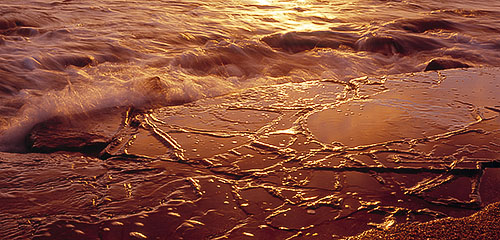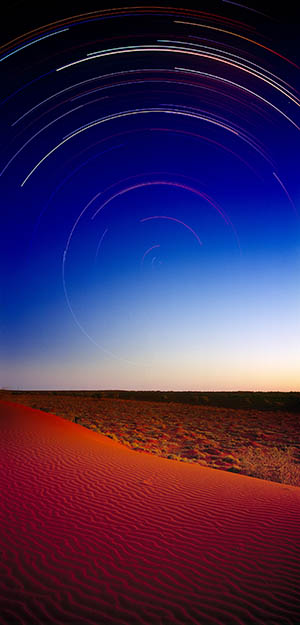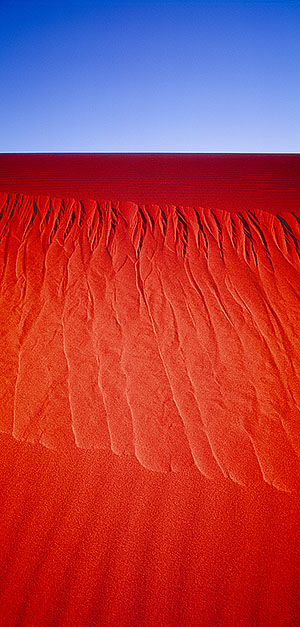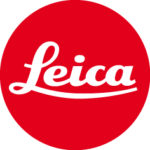What is a Fine Art Print?
When I was asked to write a piece on what is a Fine Art Print? it was obvious that we also need to decide what Fine Art Photography actually is. This turned out to be a lot harder that I expected and, after a lot of thought and head scratching, it appears that this is a very loose term indeed. So I turned to the Wikipedia to see what their consensus was.
“Fine art photography, sometimes simply called art photography, refers to high-quality archival photographic prints of pictures that are created to fulfill the creative vision of an individual professional. Such prints are reproduced, usually in limited editions, in order to be sold to dealers, collectors or curators, rather than mass reproduced in advertising or magazines. Prints will sometimes, but not always, be exhibited in an art gallery.”
(en.wikipedia.org 2007)
There are a couple of phrases in this definition that are worth close examination.
Individual professional : Why professional? As we will see, being a professional makes no difference to the artistic merits of the work, it can even detract from its purity as Fine Art. I prefer to replace ‘professional’ with ‘artist’.
High-quality archival : there is no law to say that art has to be permanent, or even high quality. Watercolour paintings can hardly be said to be archival so why should photographic prints be any different. This term comes from the photographers themselves, and has only been commonly used since the advent of inkjet printing when the prints were truly ephemeral!
Photographic prints : as noted above, the advent of inkjet processes has made this term redundant – let’s just use the word print instead. Having said that, it is still true that galleries and collectors have taken a long time to accept inkjet technology and many still prefer ‘traditional’ silver gelatin prints.
Sold to dealers, collectors or curators : there is an ever increasing market for sales of Fine Art prints to the general public direct though websites and/or individial photographer’s retail outlets.
“Fine” Art
Now, why “Fine Art Print”, not “Art Print” or just “Print”?
The term ‘fine’ does not in any way reflect the quality of the work, which is of course highly subjective. It comes from Aristotle’s concept of Final Cause i.e. the purpose or end point of the work. In latin Fine means ‘end’ (In fine – at the end) and so in Fine Art the work is an end in itself, its very existence is its purpose.
It thus follows that a Fine Art Print is a print of an image made with the prior intention of creating a print (or art book) as the final form of the image. An image originally made to be published as a poster or in a magazine therefore cannot be, strictly speaking, called a Fine Art Print. Fine Art books are an interesting hybrid as they can be considered collections of prints bound together and are generally printed in short runs to very high reproduction standards.
This all sounds very purist, the implication being that there is no commercial aspect to all this, that the photographer is making prints to hang on walls with no need to make a living out of it. This is considered by many to be the only genuine ‘art’ – creativity entirely removed from commercial realities.
Throughout history, artists usually painted to commission and the work was considered a craft. The ultimate situation for an artist was to find a ‘patron’ who paid a stipend to keep you in oils and wine, but you could paint what you liked, freed from the need to make a living. This ‘patronage of the arts’ was very popular in the 19th Century and would be called ‘sponsorship’ these days.
These days it is very hard to be able to pursue photography as an art form without some commercial realities intruding. Prints must be sold to make a living or photography must be done on commission to put bread on the table. The continuing tension between Fine Art and Business is a big question for all art photographers.
Editions
There is another fly in the ointment when photography is discussed as ‘art’. There is no displayable ‘original’.
The negative or transparency could have been considered the ‘original’ 100 years ago but since it was very hard to put this on show, prints were made. Modern digital prints are a mechanical reproduction process and in principle there is no limit to the number that can be made from a single negative. This causes a problem in the art world which is used to having a single original work which can be then reproduced as a series of ‘Editions’.
Editions were historically made from lithographic plates which are not as robust as modern printing methods. The first print made would be the ‘best’, with a gradual decline in quality until the edition was completed. The plates were then destroyed since they were, to all intents and purposes, useless anyway.
In photography the term Edition is an artificial one – the photographer puts an arbitrary limit on the number of prints intended for sale to generate perceived exclusivity and thus justify a high price. This is pure business and has nothing to do with the artistic merits of the work, in fact the purist would really have to make only one hand crafted print for the work to be considered an ‘original’ and then make subsequent reproductions from this print rather than from the negative.
It is interesting to note that the buying public value original signatures and numbered prints above the ‘name’ of the artist whilst art buyers and collectors rate the ‘name’ and original signature above the fact that it is numbered. Ansel Adams prints, made and signed by the master himself, sell for enormous sums, not because they are numbered (they aren’t) but simply because they are by Ansel Adams.
Fine Art Prints do not have to be numbered to remain Fine Art Prints. They should be signed however, preferably by hand rather than a scan of the signature in the print.
Photography as Art
This is a concept I have wrestled with for years – where does photography fit into art? I am going to wimp out here as I do not have a satisfactory answer.
What is clear is that photography certainly can be art. The likes of Tracy Moffatt and Bill Henson spring to mind but it must be remembered that they are artists who use photography as one of their chosen media rather than photographers who try to call their work art. This may be a fine distinction for some but there is a lot more to art photography that simply saying “this is art because I say so”.
I’ll leave this for art theory academics to debate…
Where does this leave us?
Here is my definition of a Fine Art print:
“Fine Art Prints are prints of photographs that were created solely to fulfill the creative vision of an individual artist and where the print itself is the final physical expression of the creative process. “
I have absolutely no doubt that some photographers will disagree with this: it would not be much fun if everyone agreed with each other all the time – a good debate is good for the soul.
See also Fine Art Print 2









